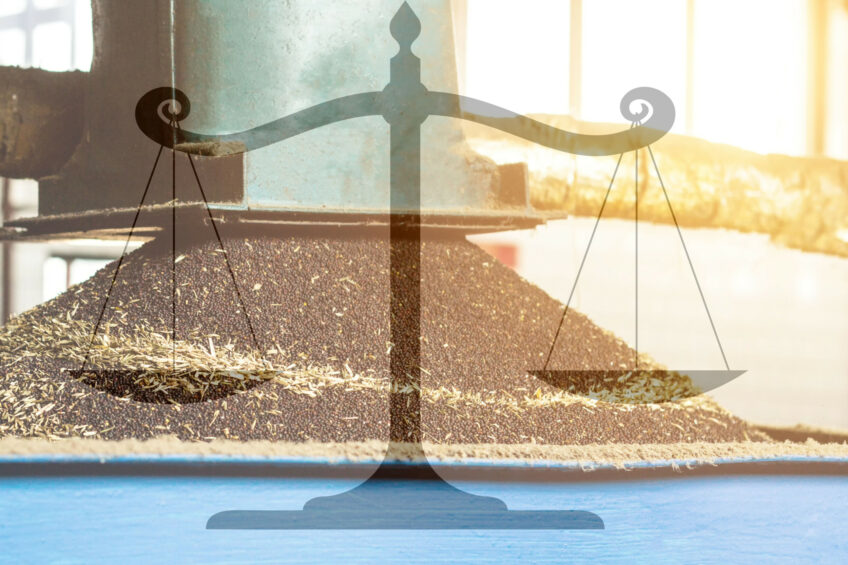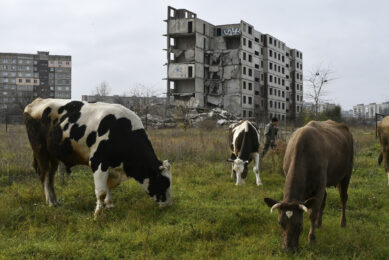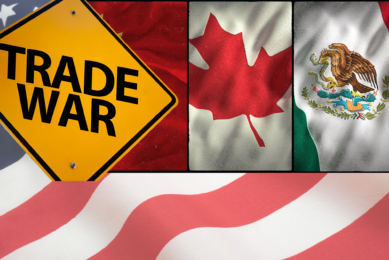Rapeseed price stabilises at a lower level

Rapeseed prices fell significantly last week. This week that decline came to a halt. However, a price level of €500 per tonne has disappeared considerably.
The August contract for rapeseed on the Paris futures market has fallen to just below €470 per tonne. Although the amounts for the later instalments are clearly above this, their prices, at €480 to €485 per tonne, are now well below the level of €500 per tonne that was tested in the second half of May.
Price drops in Paris
The sowing of soybeans in the United States is going more smoothly than last year. The desired rainfall for oilseed rape has fallen in Canada. And there were reports of lower soy imports from major destinations around the world. This all played a role in the falling prices in the past week. In Paris this led to price falls of 4 to 5%. At the beginning of this week, the market appears to be stabilising at this lower price level.
Focus slowly towards the new harvest
The 2023 harvest in the European Union has now almost been cleared. Slowly but surely, the focus in physical trade is also shifting towards the new harvest. The harvest is expected to be considerably smaller than last year. The largest rapeseed producer in the EU – France – expects to produce 1.2% less rapeseed. This is because less winter rapeseed has been sown. The yield seems almost comparable to last year. For the time being, statistical service Agreste is aiming for 3.16 tons per hectare.
EU forced to increase imports
Lower domestic production forces the EU to increase imports. The main supplier Ukraine expects to be able to export less, because the harvest is smaller and stocks have been reduced.
Australia expects less rapeseed
Australia – another important player on the world market – also expects to have less rapeseed available. Although Abares expects the fourth best rapeseed harvest in the country, that is 5% less than last year’s harvest. This is because the area has shrunk by 9% to 3.2 million hectares.











